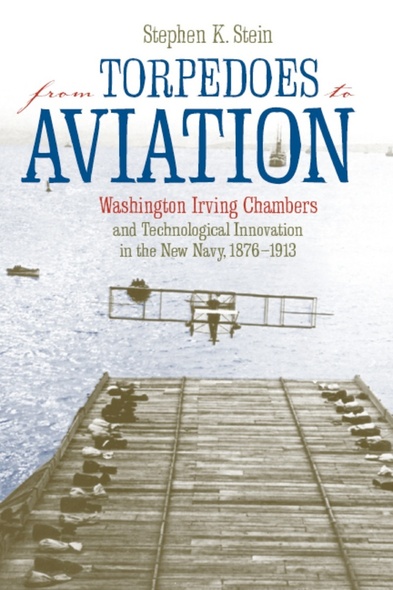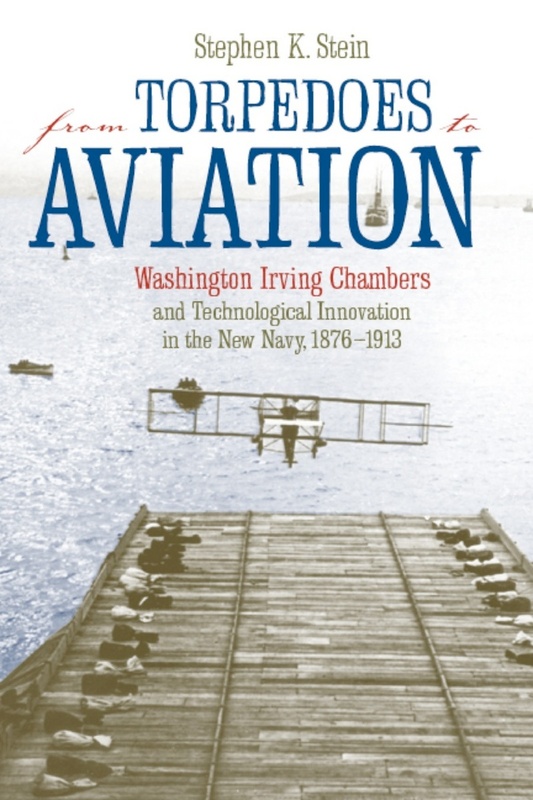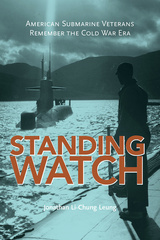From Torpedoes to Aviation
Washington Irving Chambers & Technological Innovation in the New Navy 1876 to 1913
The central figure in the modernization of the U.S. Navy.
The career of Washington Irving Chambers spans a formative period in the development of the United States Navy: He entered the Naval Academy in the doldrum years of obsolete, often rotting ships, and left after he had helped like-minded officers convince Congress and the public of the need to adopt a new naval strategy built around a fleet of technologically advanced battleships. He also laid the groundwork for naval aviation and the important role it would play in the modern navy.
This work covers Chambers’s early naval career, his work at the new Office of Naval Intelligence, his participation in the Greeley Relief Expedition, and a survey for the projected isthmian canal through Nicaragua, before becoming the key advocate for naval modernization. As such, Chambers worked as a pioneering torpedo designer, supervised construction of the Maine, modernized the New York Navy Yard, and became a member of the first permanent faculty at the Naval War College.
During his long career, Chambers not only designed torpedoes, but also several warships, including a prototype Dreadnought-style battleship and a host of small devices that ranged from torpedo guidance systems to the first catapult for launching airplanes from ships. At the close of his career, Chambers purchased the navy’s first aircraft and founded its air arm. Working with Glenn Curtiss, Chambers guided a coalition of aviation enthusiasts and pioneers who popularized naval aviation and demonstrated its capabilities. Chambers arranged the first take-off and landing of an airplane from a ship and other demonstrations of naval aviation. Combined with his tireless advocacy for modernization, these contributions secured a place in naval and aviation history for the innovator.
“An excellent biographical study. . . . Dr. Stein’s book is the result of exhaustive research in Captain Chambers’s personal papers at the Library of Congress, supplemented by thorough research in Navy materials at the National Archives. He has succeeded in providing a comprehensive and accurate picture of the difficulties of early naval aviation and has also given us an outstanding discussion of the efforts to modernize naval administration, technology, and strategy in the pre–World War I era.”
—Herbert A. Johnson, author of Wingless Eagle: U.S. Army Aviation through World War I
Stephen K. Stein is Instructor in History at the University of Memphis. He has contributed to Girding for Battle: Arms Sales in a Global Perspective, 1800? and Ground Warfare: An International Encyclopedia.






